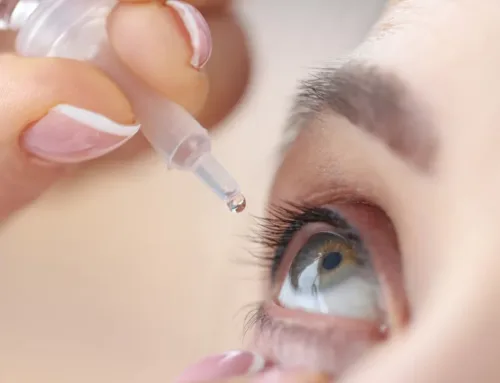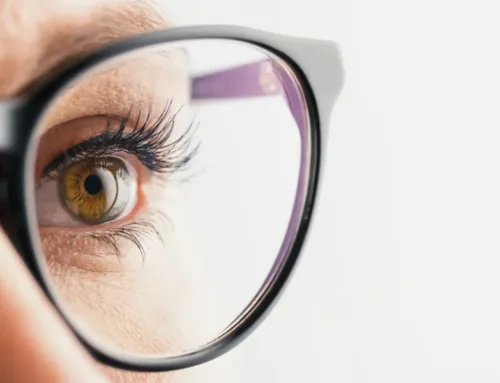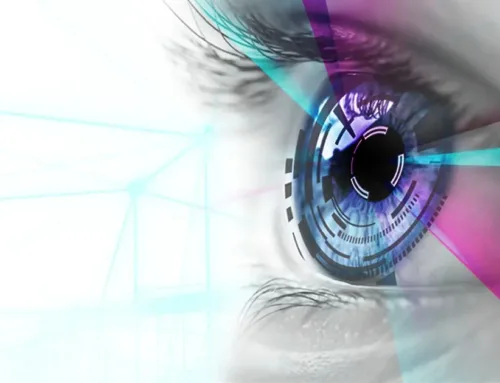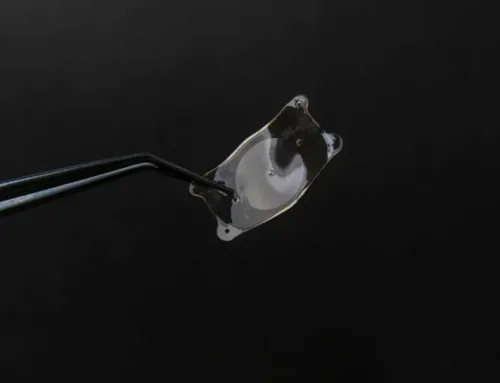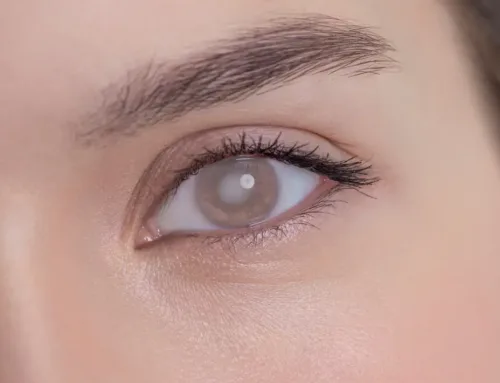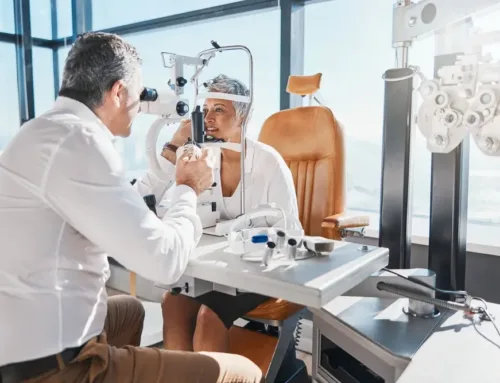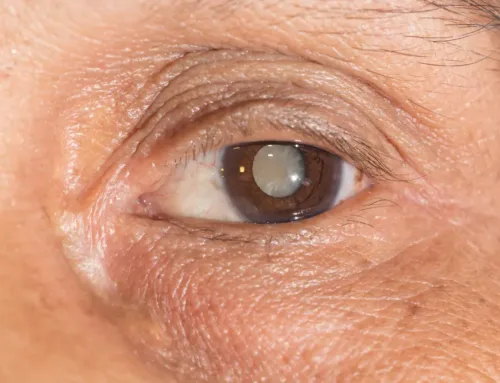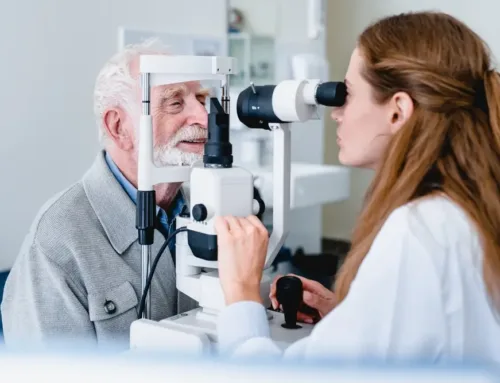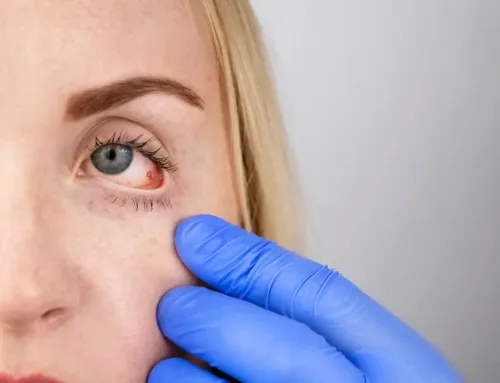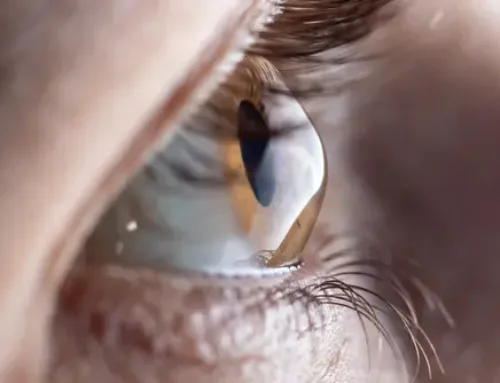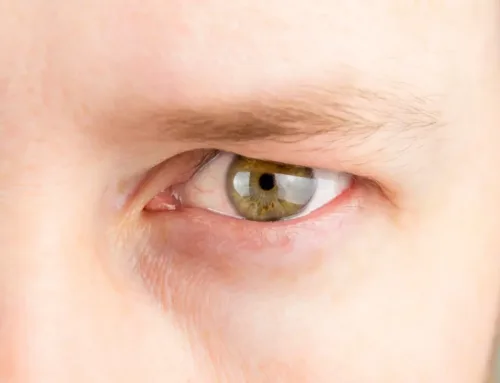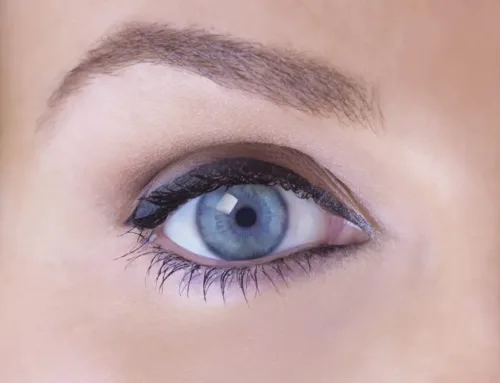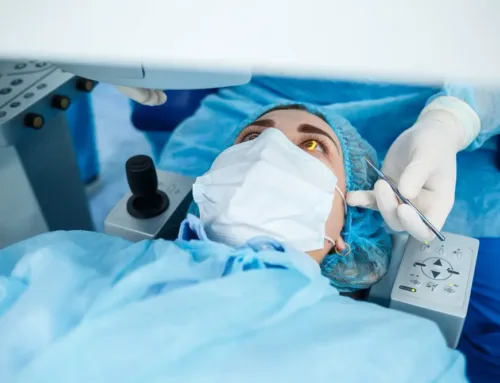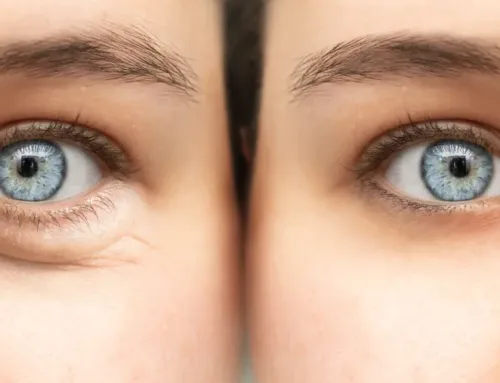Diabetic retinopathy is a disease that attacks people with diabetes. It happens when the blood sugar levels are so high that they lead to blood vessel damage in the retina. As a result, you experience vision problems. People with diabetes lose their vision because of this eye disease.
Early symptoms may include blurriness, floaters, inability to perceive colors well, or floaters in your field of vision. Blindness can also occur at the advanced stages. Diabetic retinopathy has four different stages. People with diabetes can go through all.
Mild Nonproliferative Retinopathy
The first stage happens when the small blood vessels in the retina develop tiny bulges. Their development can cause blood to leak from the blood vessels. During this stage, you are likely to have no vision problems. It is ideal to go for constant medical checkups. Talk to your doctor about how to keep the condition from getting worse. Your blood sugar, cholesterol, and blood pressure will need to be under control.
Your chances of progressing to the third stage are high if this first stage has affected both your eyes. You have a 25 percent risk of condition advancement within the next three years. It is ideal to go for the annual screening.
Moderate Nonproliferative Retinopathy
This second stage is where the blood vessels inside your retina begin to swell. They cause physical alterations to your retina because of the inability to carry blood. Such changes can cause diabetic macular edema.
Diabetic macula edema occurs when fluids and blood build up in your macula. The macula is a part of the retina responsible for the vision that is straight ahead. It aids when you are driving or reading. Reaching the second stage is a sign that your vision is at risk. Your doctor will recommend regular eye tests to mitigate further damage.
Severe Nonproliferative Retinopathy
Your blood vessels become more blocked during this third stage. As a result, your retina receives less blood, and scar tissue begins forming. The low supply of blood triggers your retina to start developing other blood vessels.
Your blood vessels can become blocked completely. As a result, you will have dark spots and blurry vision. Macular ischemia is the complete blockage of the blood vessels. You are most likely to lose your sight if you reach this third stage.
Your doctor can administer treatment to stop further vision loss. But they cannot restore the already lost vision.
Proliferative Diabetic Retinopathy (PDR)
This stage is highly advanced. New weak and thin blood vessels start to grow into your retina, as well as in the fluid in the eye. The blood vessels can bleed and cause scar tissue. Retinal detachment can happen as the developed scar tissue grows smaller. The result of this is loss of straight-ahead and both sides’ vision.
Treatment
Your doctor will watch your condition to give you the appropriate treatment. You can receive a shot in your eye to stop the further growth of the abnormal blood vessels. You can also go for laser surgery if your doctor sees it as a good treatment option. You may need several of these treatments administered together depending on damage extent. To have your eyes evaluated for retinopathy or to manage your retinopathy, visit Treasure Coast Eye Specialists at our office in Port Saint Lucie or Stuart, Florida. You can also call 772-400-2400 or 772-286-0007 to book an appointment today.


